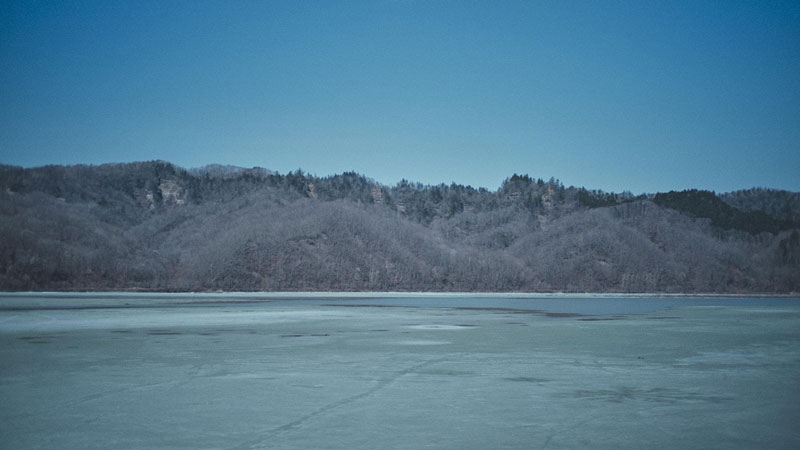
Preserving and Promoting the Ainu Cultural Landscape in Biratori
- 27 February 2024
- 18:30 - 19:45
- The Hall, Japan House London, 101-111 Kensington High Street, London, W8 5SA
- https://www.japanhouselondon.uk/whats-on/preserving-and-promoting-the-ainu-cultural-landscape/
- +44 (0)20 7932 7100
- info@japanhouselondon.uk
- Tweet
Join us for a special talk to learn about how local government and community organizations work together with the people of Biratori to ensure that Ainu culture and the Ainu cultural landscape are preserved and passed on for future generations.
During this event, three Biratori-based presenters –Shimano Kenji, Nagano Tamaki, and Kimura Misaki – introduce their current activities, the challenges they face and their visions for the future.
Key to many of these activities is the preservation and restoration of the Ainu cultural landscape and the iwor, the Ainu term for the natural environment that sustains the Ainu way of life. In Biratori this includes the area surrounding the Saru River, the forests and the Ainu kotan (village space) in Nibutani, environments which have historically supported various resources for the continued transmission of Ainu culture. Current activities include maintaining areas for the conservation of plants and vegetables used for medicinal, culinary and craft purposes; re-establishing a river culture rooted in the community; and creating a biodiverse forest which can welcome the return of the kotan-kor-kamuy, the kamuy or spirit-deity which guards the local environment and appears in this world as a large owl.
The event also includes a presentation by Professor Katō Hirofumi, Professor of Archaeology at the Centre for Ainu and Indigenous Studies, Hokkaido University. During the event there is an opportunity for guests in the Hall and joining on Zoom to ask questions to the speakers.
The exhibition Ainu Stories: Contemporary Lives by the Saru River is on display in the Gallery at Japan House London until 21 April, 2024.
About the Speakers
Nagano Tamaki
Born in Nibutani in 1963, Nagano Tamaki joined the Biratori Ainu Culture Preservation Association after her children began attending Ainu language classes in 1993. After serving as officer, treasurer, and secretary general, she became the chair of the Biratori Ainu Culture Preservation Association in 2022. She has a deep passion for performing Ainu dance although she has be reluctant to appear in public since childhood. Within the Association, she prefers to provide support behind the scenes for its members rather than appearing on stage herself.
Since 2005, Nagano Tamaki has been actively involved in researching cultural conservation measures for the Biratori Dam area. From 2012 onwards, she has taken on a leadership role in the research activities. Currently, she is dedicated to conducting surveys related to the impact of river channel excavation work.
Kimura Misaki
Born in Nibutani in 1992, Kimura Misaki grew up immersed in Ainu culture from childhood. After securing a job in Tokyo, she later returned to Nibutani and assumed the position as Head of the 21st Century Forest Section at Biratori Ainu Culture Public Corporation. She is dedicated to the regeneration of the local forests with the aim of reconstructing the iwor, the Ainu term for the natural environment that sustains the Ainu way of life.
Shimano Kenji
Born in 1976, Shimano Kenji joined the Biratori Town Office in 1994 and has been engaged in planning and taxation. He has worked at the Ainu Policy Promotion Division since 2019, while also serving as the Secretary General of the Ainu Association of Biratori and working on general Ainu policy-related tasks. Since 2023, he has been working at the Ainu Cultural Environment Conservation Research Office.
Katō Hirofumi
Born in Yūbari, Hokkaido, Katō Hirofumi completed his doctoral degree at the University of Tsukuba’s Graduate School of History and Anthropology in 1996. After working at the Graduate School of Area Studies, University of Tsukuba, and the Institute for Northeast Asian Research, Shimane University, he began teaching archaeology at Hokkaido University in 2001, becoming a Professor of Archaeology at the Centre for Ainu and Indigenous Studies, Hokkaido University in October 2010. In April 2020 he was appointed as Director of the Centre.
Booking Essential | Admission Free
